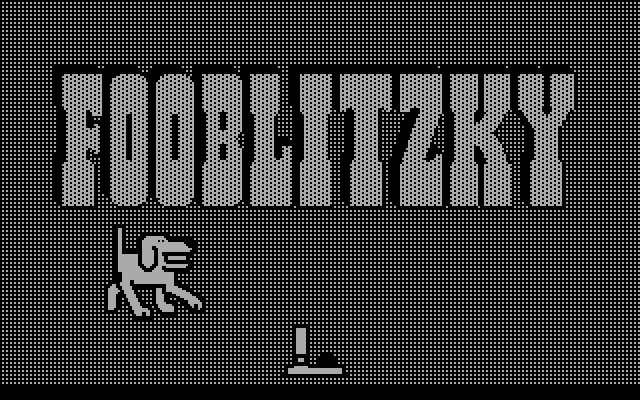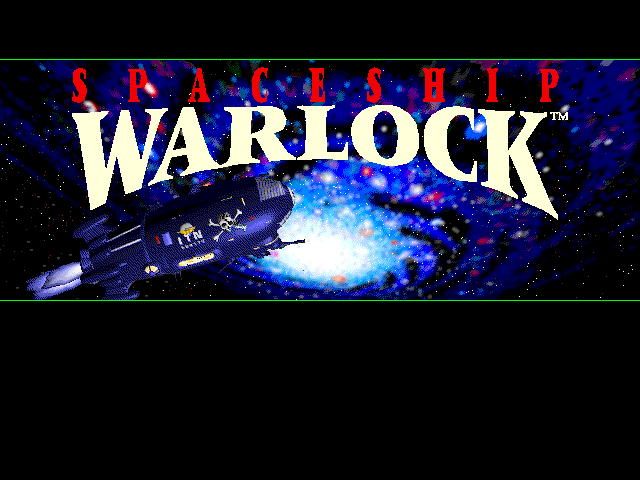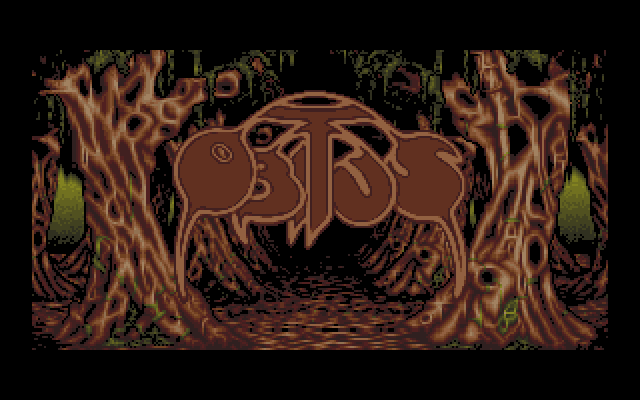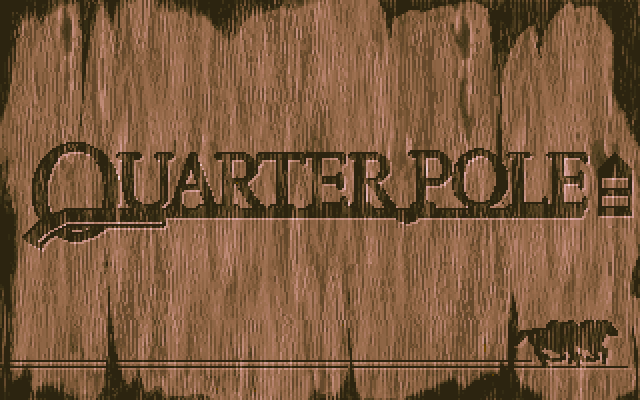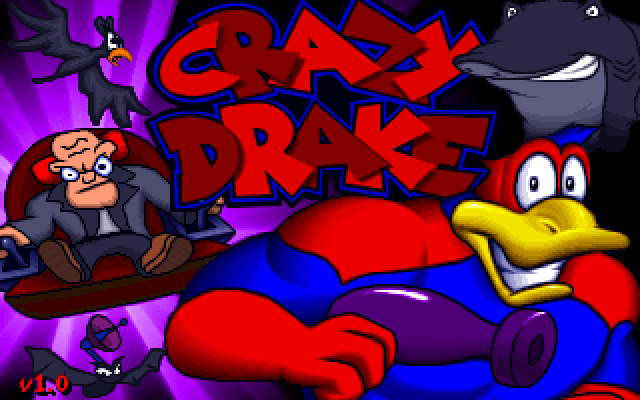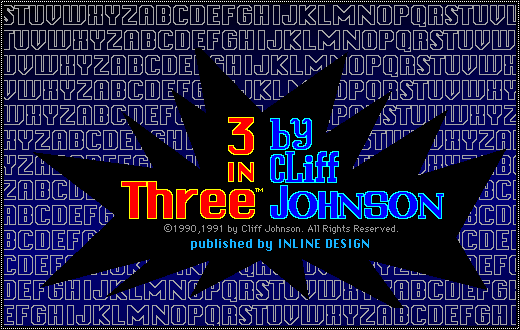Introducing the Resources page 

Playing obscure games can be difficult and exhausting. First you have to find a game, then buy or download a copy if it’s available, then figure out how to run it on a modern computer. That’s no small task. I’ve always taken for granted that I’m good with this, and part of it is certainly my background. I’m from a white middle-class family, and I’ve been immersed in the world of gaming for close to my entire life. I have always had the time, money, equipment, skills, and knowledge to dive into this stuff. Not everyone does.
People who can get into obscure games should be making it easier for everyone who can’t. We should all be pooling our resources to ensure that anyone can find, play, enjoy, and learn from obscurities.
In that spirit, I’ve put together a new Resources guide available at the top of the page. It contains tons of high-quality resources for finding and playing obscure games (with a strong focus on classic computer titles). I use these same materials for this blog and my research. I’ve divided the guide into three sections:
- Discovering – learning about obscure games from lists, collections, reviews, and enthusiasts
- Obtaining – getting ahold a copy, physical or digital
- Playing – making the games run on your system
All three areas can be difficult for some people, and I hope that at least one person finds the resources I’ve put together useful. It was a lot of work, and I think it’s one of the most complete guides to obscure games out there.
I plan to continue updating this guide, so if there’s anything you think would be worthwhile to add, please drop me a line!

